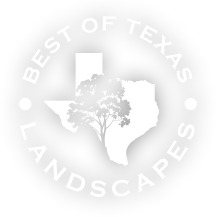6 Most Important Steps to Landscape Design

Before designing a residential landscape, it’s important to understand the 6 main steps to landscape design, starting with putting a plan on paper. A master plan is developed through the ‘design process’: a step-by-step method that considers the environmental conditions, your desires, and the elements and principles of design. Our design team develops a master plan that will save time and money and is more likely to result in a design you’ll love for years to come. The goal is to organize the natural and man-made features in your yard into an aesthetic, functional, and environmentally sustainable landscape.
Steps to Landscape Design: The Process
There are five main steps to landscape design process:
- conducting a site inventory and analysis
- determining your needs
- creating functional diagrams
- developing conceptual design plans
- drawing a final design plan
The first three steps establish the aesthetic, functional, and horticultural requirements for the design. The last two steps then apply those requirements to the creation of the final landscape plan.
The process begins with a site inventory and analysis of soil, drainage, climate conditions, and existing vegetation. This is a critical step for both plant selection and placement and for locating family activities and functions. It’s important because the same climate conditions that affect the plants—temperature, humidity, rain, wind, and sunlight—also affect you, the user.
The next step is to make a list of your needs and desires—this helps our design team determine how your yard and landscape will be used. The site and user analyses will also help establish a theme for the form and style of your design. The functional diagram is then used to locate the activity spaces on the site and from this diagram a conceptual plan is developed.
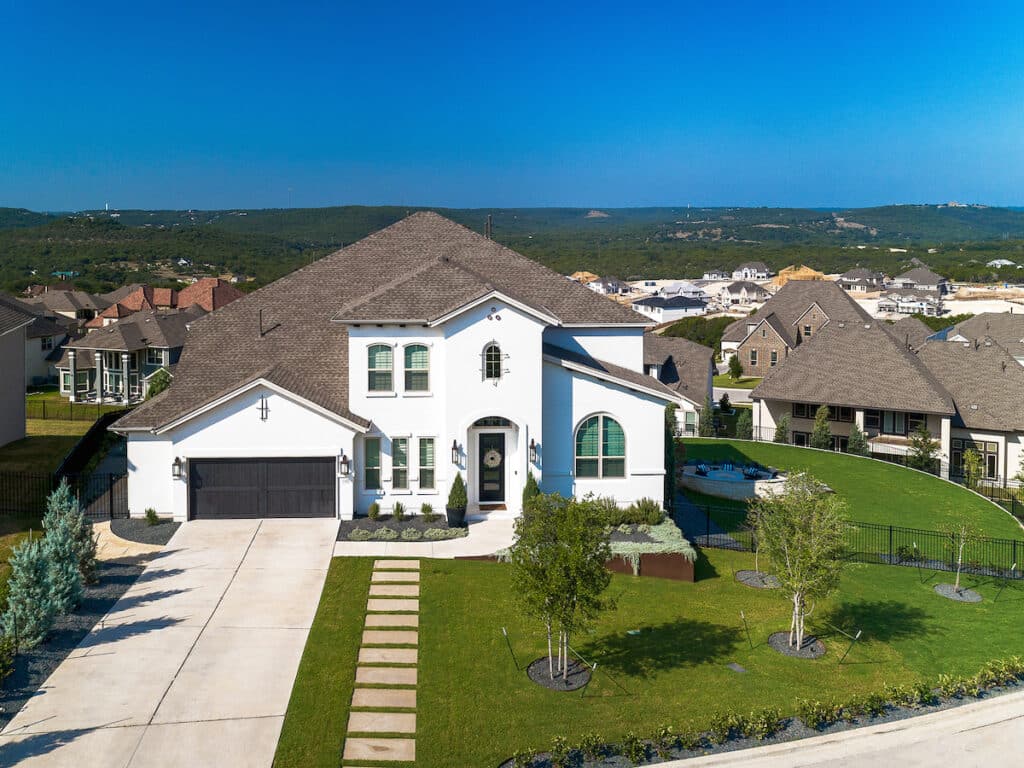
The last step is a final design that includes all the hardscape and planting details that are necessary for installation. Throughout the design process there are six important things to consider:
- Understand the site for plant selection and activity location.
- Remember the user by considering what you want and need.
- Create a style theme to help determine shapes and organize spaces.
- Create and link spaces by designating activity areas and linking them with elements.
- Structure the plantings by using massing and layering techniques.
- Highlight important points such as transition areas and focal points.
Understanding Your Site
A thorough inventory and analysis of the site are important to determine the environmental conditions for plant growth and the best use of the site. Topography and drainage should also be noted and all drainage problems corrected in the proposed design. A good design will move water away from the house and reroute it to other areas of the yard. Climate concerns begin with temperature: plants must be able to survive the average high and, most importantly, the average low temperatures for our region. Using the USDA Plant Hardiness Zone Map (planthardiness.ars.usda.gov) as a starting point to choose plants appropriate for your zone.
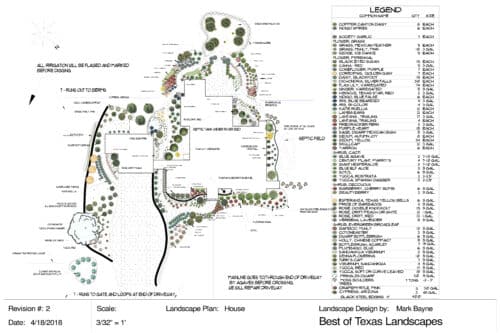
Remember The User
The users are you, your family, the family pets, and visitors, and each has its own needs. There are four things to consider:
- How do you currently use the yard?
- How do you want to use the yard?
- Aesthetically, how do you want it to look?
- What is your maintenance style, hands-off or hands-on?
It is very important to consider how you currently use the yard. For example-which entry is used by whom, where do the kids play and where does the dog usually run? Thinking about how you currently use the yard, and how you want to use the yard in the future, determines the need to re-organize old spaces into new spaces and amenities. It is also important to remember the vehicles used by your family; driveways and parking are space intensive.
Creating A Stylized Theme
There are many different landscape design themes- from simple to complex our landscape designer will speak with you about your personal style and take into account the style of the home and existing landscape.
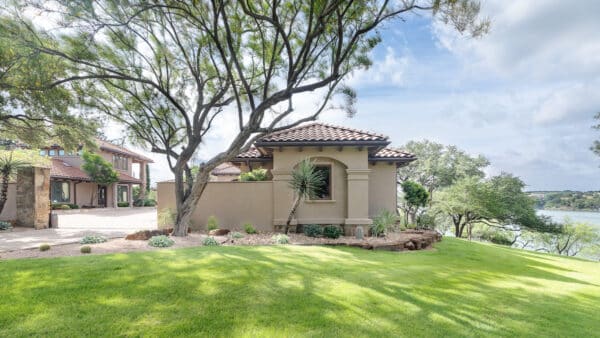
Create and Connect Spaces
The yard is an extension of the home where various activities occur. A yard can generally be divided into three areas: public (the front yard), private (the back yard), and service (typically the side yard). The location of activity areas depends primarily on the type of area, the size of space needed, the type of activity, and the desired proximity to other activities and structures.
Your spaces may include the front entry that welcomes you and your visitors to your home, an outdoor living area for cooking or entertaining, a patio or deck, a play area, a dog run, a secret garden/relaxation area, a vegetable garden or hobby area, and a trash/compost/work area.
Outdoor rooms are typically linked by pathways, steps, walkways, or openings with gates or arbors that encourage exploration and use of the entire yard. These spaces can also be linked by visual features such as a creek bed (wet or dry) that meanders through or beside several spaces, or a garden wall that begins at a patio, moves along a turf area, and ends along a planted area.

Using similar hardscape features and repeating plants pulls the eye around the garden. Important points along the way can be emphasized with plantings or features that draw attention and encourage movement in a particular direction. Moving along the path takes a person from one area to the next and allows the user to have various experiences. In an informal garden, the curves and bends of the path should partially conceal what lies ahead. This provides a sense of mystery that promotes exploration and discovery of the landscape.
Structuring the Plants
Plants provide structure in landscapes in the same way as the walls of a building. Shrubs can act as walls in a space and the branches of trees form a ceiling canopy overhead. Once the shape of a plant bed has been established, the plants should be grouped and layered to achieve visual unity and the desired amount of enclosure. The size of a plant mass will depend on the total size of the yard, the size of the individual plants in the mass, and the emphasis or impact desired from the plant material.
Highlighted Features & Focal Points
Important points in landscape design should be highlighted by the use of unique plants, distinct structures, or garden ornaments. Marking thresholds or entrances to spaces can be done with gates, arbors, and steps, or through the use of unique and colorful plants. Some styles have signature elements, such as a type of statuary or water feature, that are the hallmark of the style. Other important places in the yard are focal points, which are used to visually organize a landscaped area.
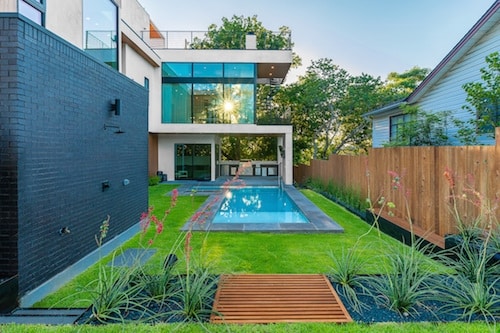
Your yard is an essential natural resource that adds value to your home and enjoyment to your life. It contributes to a desirable, healthy community. In many urban areas private yards represent the last remnants of green space, we think about how your yard fits into the bigger picture and what it can do to have a positive impact on the environment in your neighborhood.
Are you ready to transform your yard into a reflection of your personality? Team up with our expert design team to create a home and life you love. Contact us today to schedule your in-person consultation.
Serving Austin and its greater areas including Leander, Liberty Hill, Georgetown, Cedar Park, Round Rock, Pflugerville, Lago Vista, Lakeway, Marble Falls, Burnet, and Bertram

